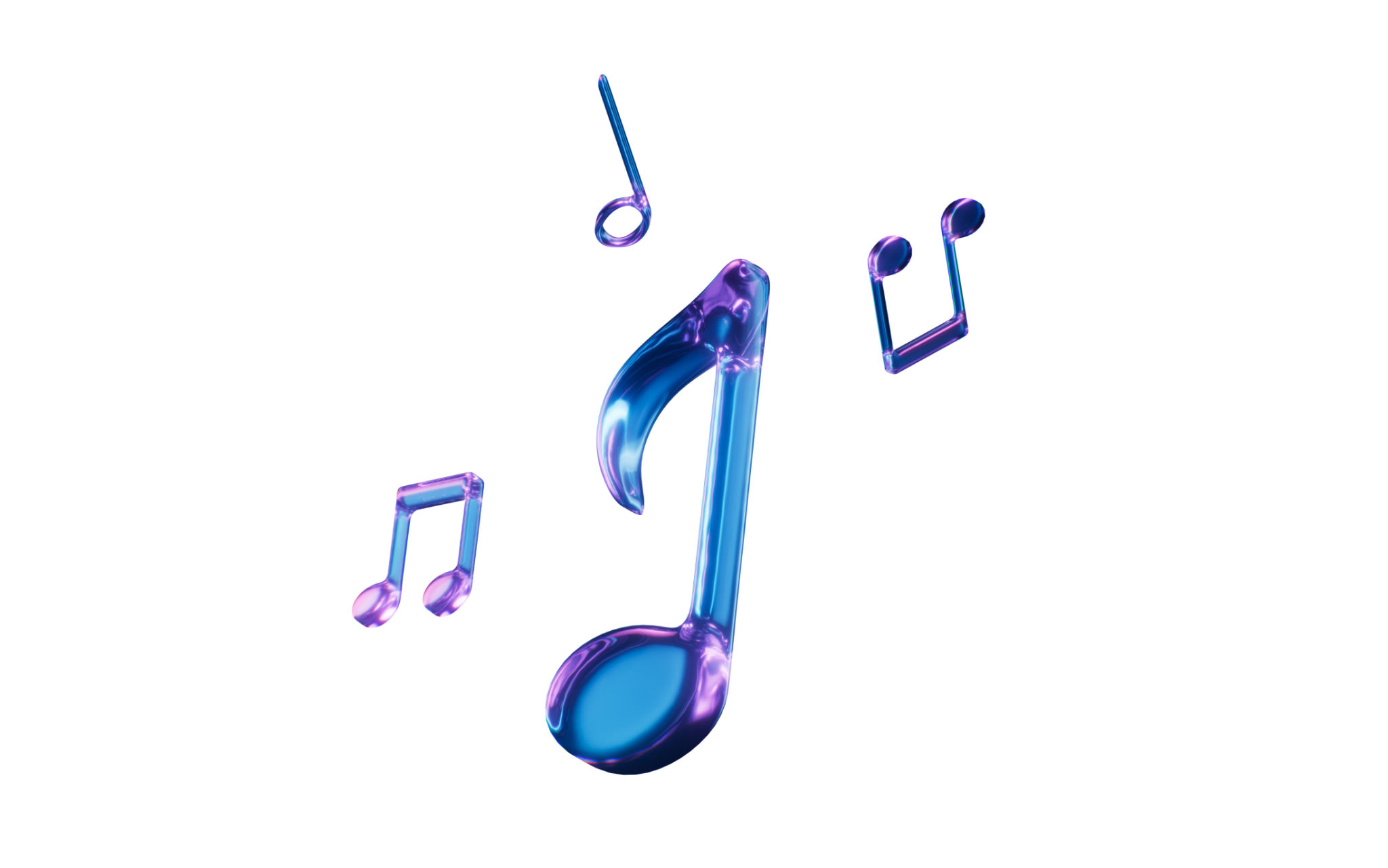Debunking Myths About Sound Therapy: What Really Works
Understanding Sound Therapy
Sound therapy is an increasingly popular holistic approach that uses sound waves and frequencies to promote physical and mental well-being. Despite its growing popularity, there are numerous myths surrounding this therapeutic method. In this post, we aim to debunk these myths and provide clarity on what sound therapy truly entails and its potential benefits.

Myth 1: Sound Therapy Is Just New Age Nonsense
One common misconception is that sound therapy is merely a New Age fad with no scientific basis. However, research has shown that sound waves can influence brainwave patterns, leading to various mental and physical health benefits. For instance, studies have demonstrated that certain frequencies can reduce stress and anxiety, improve sleep quality, and even enhance cognitive performance.
Sound therapy is not just about relaxation; it's about using specific frequencies to achieve desired outcomes. Many practitioners incorporate techniques such as binaural beats and vibrational sound healing, which have been shown to have measurable effects on the body's physiological responses.
Myth 2: All Sounds Are Equally Effective
Another myth suggests that any sound or music can be used effectively in sound therapy. In reality, the effectiveness of sound therapy depends on the specific frequencies used and their application. Not all sounds are created equal; some frequencies are more conducive to healing and relaxation than others.

For example, low-frequency sounds are often associated with grounding and calming effects, while higher frequencies may energize and uplift the listener. Sound therapists carefully select frequencies tailored to individual needs, ensuring the therapy is both effective and personalized.
Myth 3: Sound Therapy Can Cure Any Ailment
While sound therapy can offer significant benefits, it is not a cure-all solution. It is essential to recognize that sound therapy should be viewed as a complementary approach rather than a replacement for conventional medical treatments. The therapeutic use of sound can support overall well-being and enhance the body's natural healing processes but should not be relied upon as the sole treatment for serious conditions.

By integrating sound therapy with other forms of treatment, individuals may experience a more holistic healing journey. It’s crucial to consult with healthcare professionals when addressing specific health issues to ensure a safe and comprehensive approach.
The Role of a Trained Sound Therapist
Another misconception is the belief that anyone can practice sound therapy without proper training. In truth, a trained sound therapist possesses knowledge of sound frequencies, their effects on the body, and how to tailor sessions to meet individual needs. Proper training ensures that the therapy provided is safe, effective, and aligned with the client's goals.
Working with a certified practitioner can significantly enhance the overall experience of sound therapy, providing guidance, support, and customization throughout the process.
Conclusion: Embracing Sound Therapy
In conclusion, while myths about sound therapy abound, it is important to approach this practice with an open mind and a critical understanding of its potential benefits. By debunking these myths, individuals can make informed decisions about incorporating sound therapy into their wellness routines.
If you're considering exploring sound therapy, seek out reputable practitioners who can offer personalized sessions based on your unique needs. Remember that while sound therapy can be a powerful tool for well-being, it works best when used in conjunction with other holistic health practices.
